|
Wiild garlic - Allium ursinum, also known as ramsons or bear's garlic is a widespread perennial bulb that carpets damp woodlands in April, May and early June. A native bulb, a member of the Liliaceae family it can often become highly invasive given the right conditions. Preferring moist, well-drained, base-rich soils it can also be found on hedge banks, river and streamsides and even rock crevices. In common with other woodland specialists, ramsons puts on all its growth early in the year thereby avoiding the deep shade cast by the tree canopy in late spring and summer. Spherical clusters of white, star shaped flowers and broad, long, pointed leaves, the individual flowers are held on a slender stem with, usually only two basal leaves. Once this perennial is picked or bruised it gives off a very strong smell of garlic. It reproducuses vegetatively as well as by seed which can be produced in large numbers under suitable conditions. When conditions are right ramsons will form a pure stand of foliage and flowers, out-competing all other ground cover herbs of the area. In Irish folklore: the second half of this plant’s Latin name, ursinum, refers to the fact that brown bears would, supposedly, eat wild garlic as the first plant after they emerge from hibernation. Brown bears haven't been in Ireland for c15,000 years, so this must be a legend that has travelled from the European mainland, which still has brown bears. While not as medicinally potent as the bulb garlic, wild garlic still has many health benefits, high levels of folic acid, an essential B vitamin, and its positive benefits on the digestive system. Wild garlic acts as a prebiotic, encouraging the growth of friendly bacteria and also has mild antibacterial properties to ward off spring coughs and sniffles. Wild garlic leaves are edible and are used as a salad, a herb to flavour other dishes, boiled as a vegetable, in soup, or as an ingredient for pesto in lieu of basil. The delicate white flowers and the seeds are also edible raw, the flowers are stronger in flavour than the leaves and the buds can be used to make substitute capers Wild garlic can be used simply in pesto or as a substitute for bulb garlic but I thought you might like a couple of easy recipes to tempt you to grow, collect and use the wild form. Wild Garlic Soup with Mozzarella 200g wild garlic 300g floury potatoes 1 large onion 3tbsp oil some whipped cream salt & pepper Bread for toasting mozzarella Wash garlic and chop it roughly. Chop onion finely and cut potatoes in small pieces. Heat oil and fry onion until translucent, add garlic and potatoes, add 1ltr of water and cook covered for 15 minutes. Mix it in the mixer, add cream, salt and seasoning. Cut small circles of the bread and mozzarella with the help of biscuit cutters. Put mozzarella on the bread circles and bake them quickly in the oven at 200°C. Before serving, put them carefully into the soup. and a simple, fresh tasting salad Pea and white garlic flower Salad 225g Goats cheese 600g garden peas – defrosted if frozen Six mint leaves The zest of a lemon plus its juice Eight wild garlic flowers 50ml extra virgin rapeseed or olive oil Sea salt and freshly-ground black pepper Place the wild garlic flowers into a large mixing bowl, along with the peas and the mint leaves, once torn into pieces. Crumble the goats cheese and add to the bowl along with the lemon zest, a couple of pinches of sea salt, some black pepper and a good dash of rapeseed or olive oil. Add a few drops of lemon juice and toss the salad gently and serve in chilled bowls. Do try them and, enjoy.
0 Comments
Leave a Reply. |
WildEdges
A haven of quiet countryside highlighting issues affecting the natural world. Categories
All
|
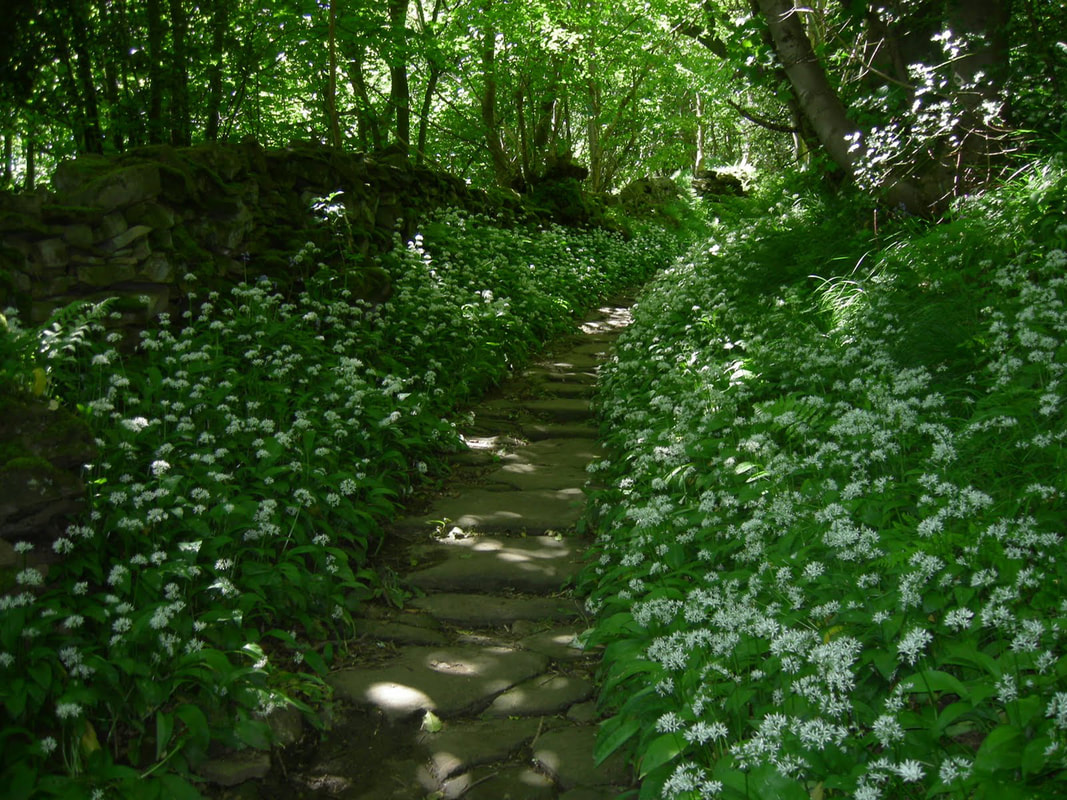
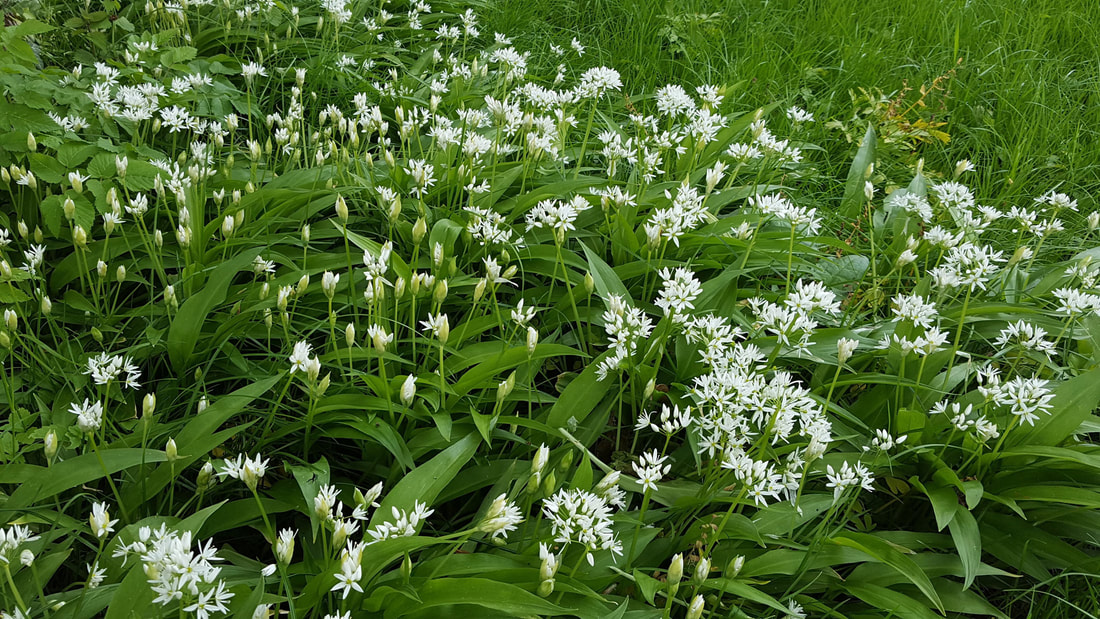
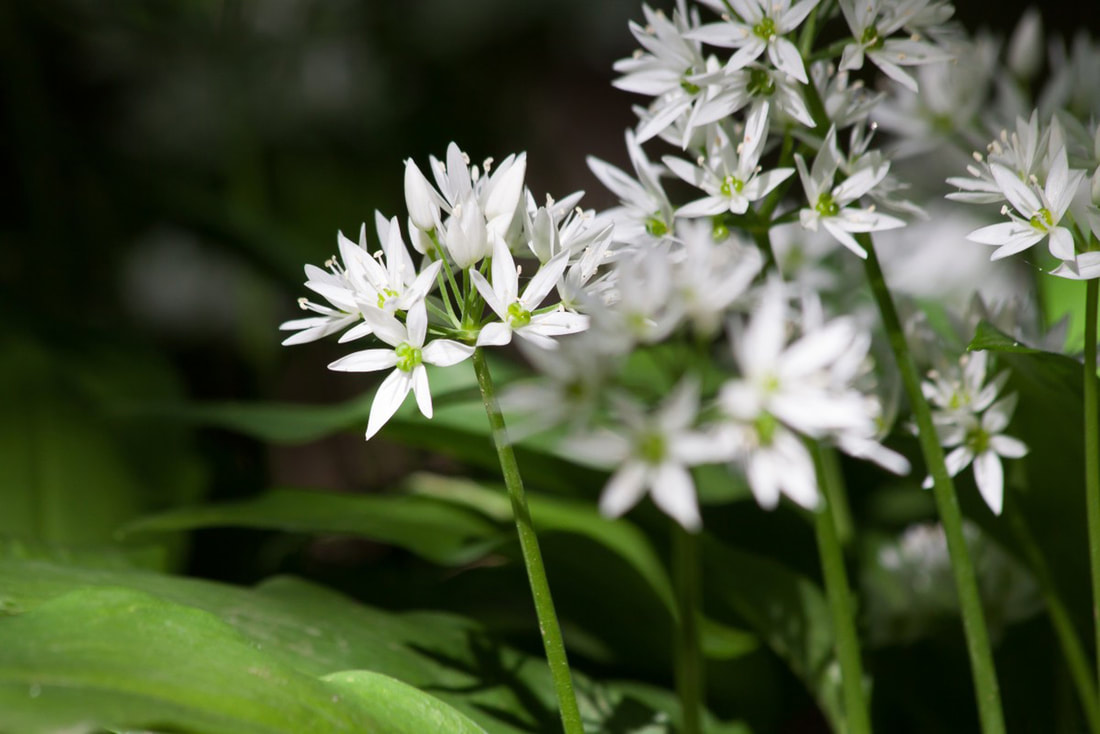
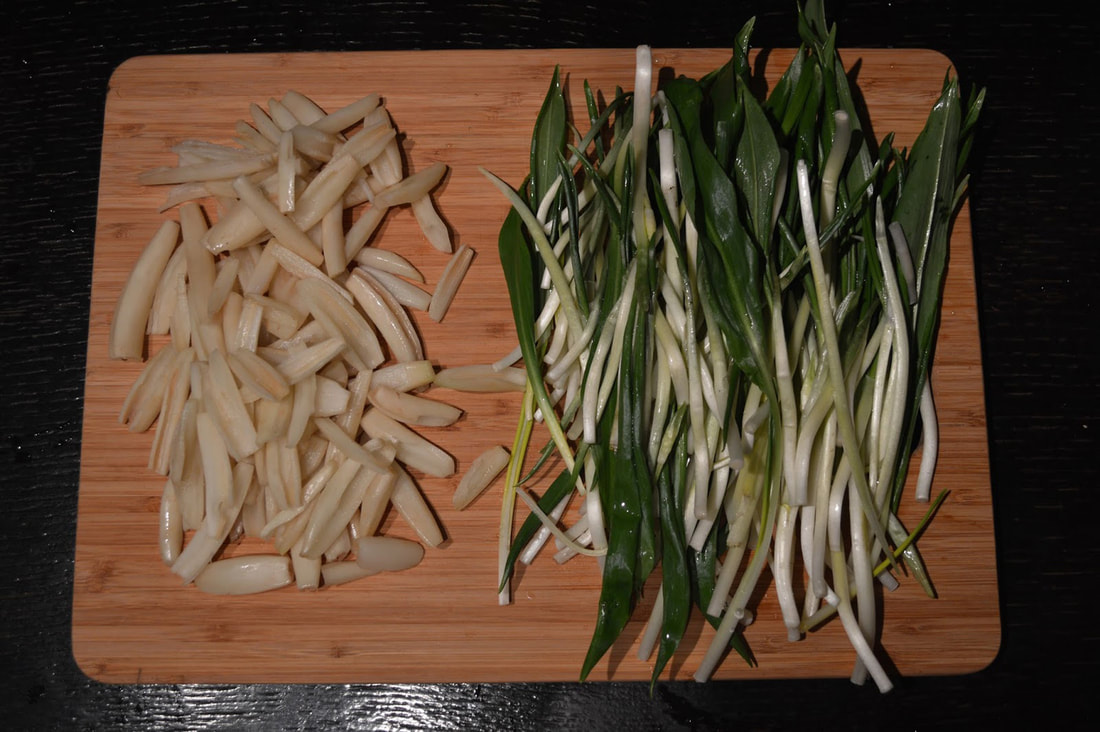
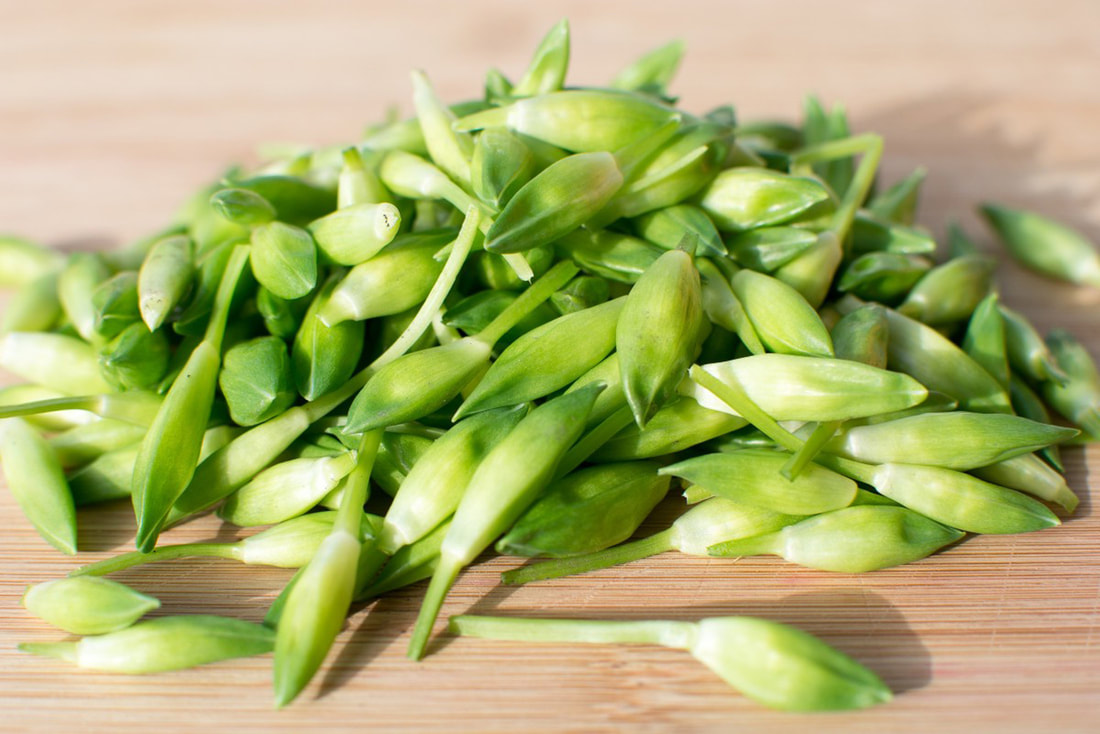
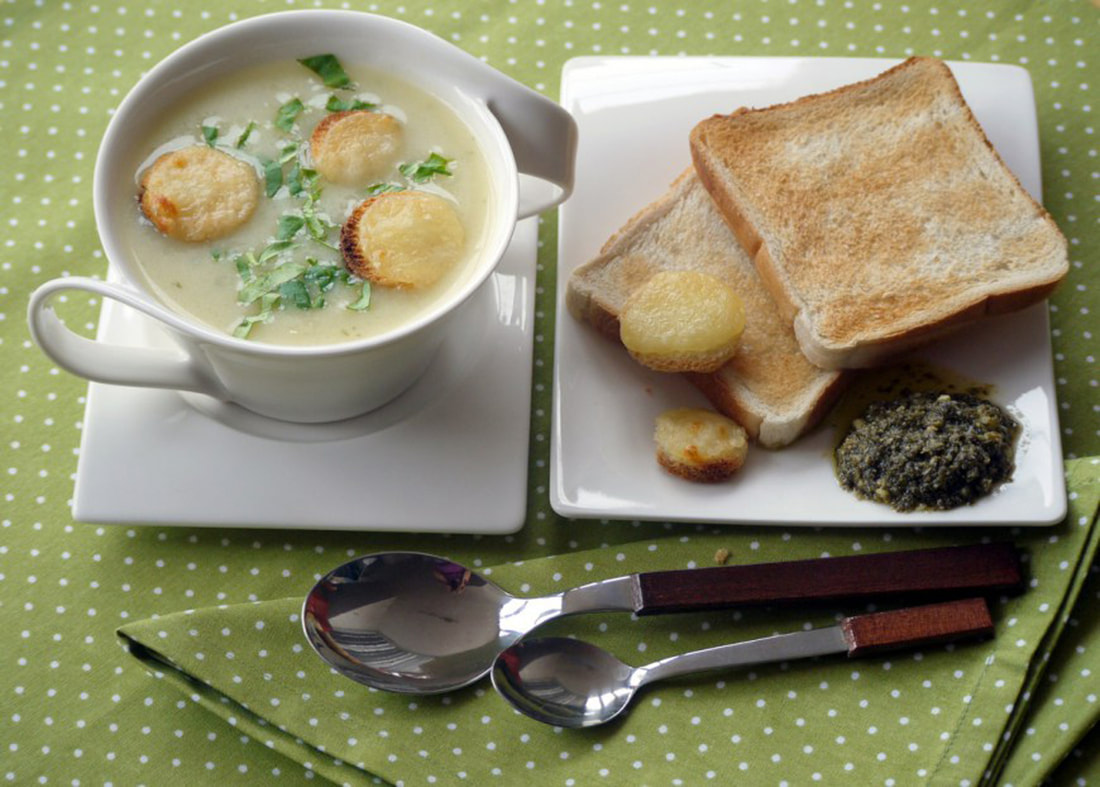
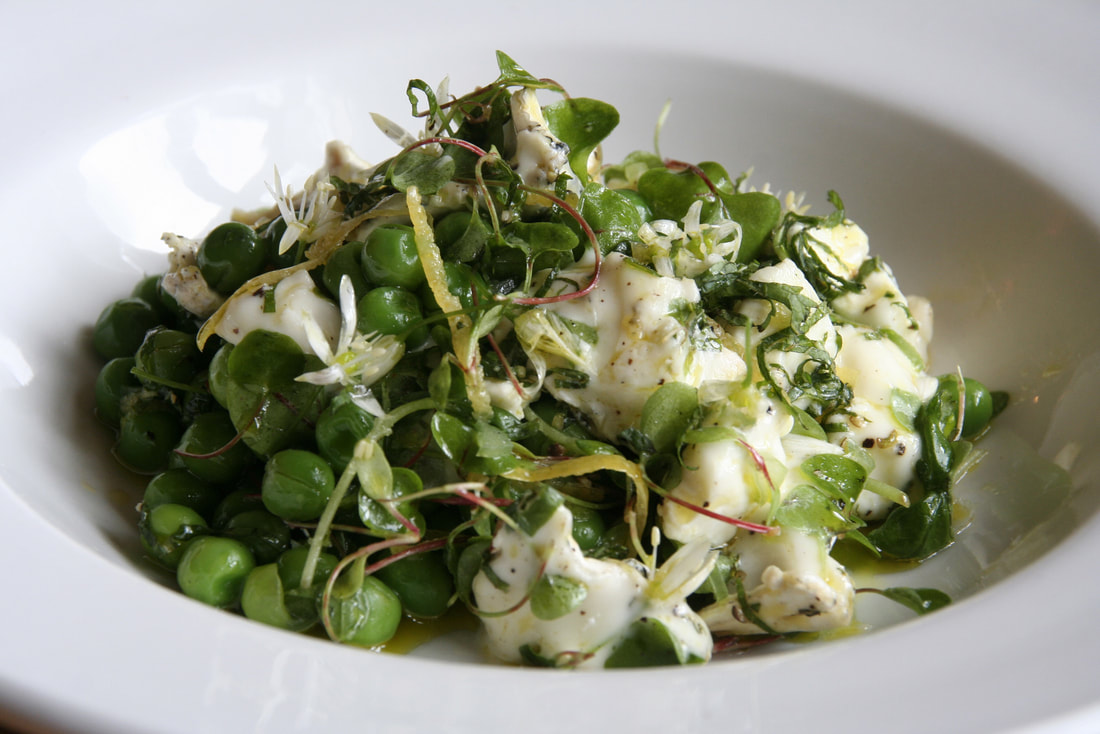
 RSS Feed
RSS Feed